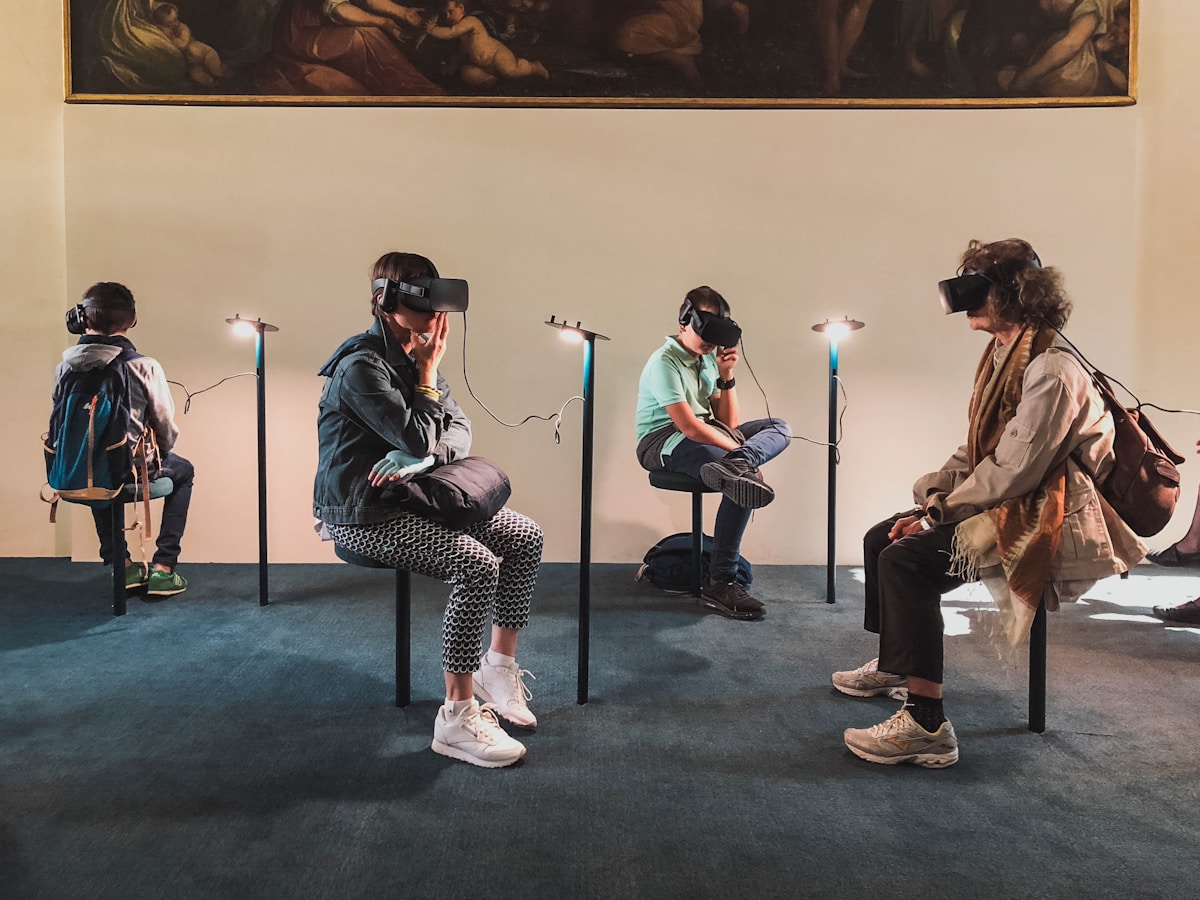Virtual Reality (VR) has witnessed a significant growth in 2019. This technology has the potential to change our lives, the way we socialize and the way we work. VR is a fully immersive computer-generated world to innovations like Ready Player One that provides us with a real-world view. Moreover, the advances in VR are mesmerizing. In 2016, over 85% of the virtual reality headsets sold worldwide were mobile-based, and most popular mobile-based VR headsets are ‘Google Daydream’ and ‘Samsung Gear VR’.
VR tech has gained a widespread recognition following the growing adoption of the technology in the past few years. In view of this, several players are emerging in the market with the aim to navigate VR towards mainstream adoption. Moreover, the launch of commercial virtual reality headsets is expected to accelerate the market growth, and investments by technological giants such as ‘Google’ is likely to create an advancement in the field of display technology. Moreover, with the increasing investments in research and development by the prominent players, the market is expected to be more competitive in the years to come and is likely to reach
USD 30 billion by 2026.
Virtual reality is not just a standalone technology designed for creating an alternative world, it can create a life-like reality. VR is one of the most immersive technology, its application involves wearing a headset that created a 360-degree simulation. Moreover, the upcoming trends for VR are likely to change the business dynamics.
VR and AI Enhancement
Lists of VR trends can never be complete without Artificial Intelligence, the duo has the potential to completely change the world. However, both of them are at their infancy and have only made small appearances here and there. For instance, the features available on Instagram and Snapchat are the combination of both AI and VR.

Education and Training
Education and training are getting expensive day by day. With VR technology, organizations will be able to cut back on their costs and give their employees the best training without imposing them to any potential risk. For instance, Walmart has used 17000 Oculus Go headsets for training its employees in the customer service department. In view of that, the U.S. army has started using Microsoft HoloLense technology to offer soldiers real-time updates on their environments.
Travel and Tourism
VR can now enable its users to travel the world by being at home. By playing an immersive video, you can travel at any of your favourite destinations without even packing your bag. It provides its users with the ‘try it before buy it’ experience. Apart from this, it also allows its users to have a street view, check the venues and nearby restaurants by just being in the room.
Globally, over 89 million VR headsets were sold in 2016, and 98% of it is accounted for mobile-based VR headset. Moreover, Google Cardboard accounts for most of the market as the price of the headset is relatively less. Following are some of the prominent players active in the market:
Oculus
Oculus Rift is one of the most popular VR systems. It was first launched as a commencement project, and over 355,000 oculus rifts were sold in 2012. Later, the VR company was acquired by Facebook in 2014. Primarily, the focus of the headset was to offer a better gaming experience; however, the company is now focusing on expanding its application to business use. Oculus claims that the system is more advanced and powerful, and its adoption will heavily benefit the manufacturing and advertisements sectors.
Google Daydream VR
Since its launch, Google cardboard has the major market share, 84 million devices as of 2016. As the name suggests, the VR was made using cardboard, it was launched as an experiment to let people experience virtual reality.
Samsung Gear VR
Samsung collaborated with Oculus to build Samsung Gear VR in September 2014. The idea behind Gear VR was to build more consumer-oriented system, which is lightweight, wireless and powered by Samsung mobile phones. Moreover, the highest revenue earned by Samsung VR gear was over USD 2 million in 2016.
Sony PlayStation VR
Sony has combined VR headset with famous gaming hardware PlayStation. Globally, approximately 4.2 million PlayStation VR headsets were sold in 2019 and it is leading its competitors HTC Vice and Oculus Rift.

We can already see that VR will have a tremendous impact on our daily lives in the future. With major players entering the market, the development of VR is likely to proceed at a faster pace.
- Virtual reality, augmented reality and mixed reality are steadily growing to reach USD 150 billion by 2020
- Standalone headsets will become a mainstream VR device
- Rise of Virtual Changing rooms
- Virtual humans to drive the use of VR in social interactions
- Headsets will be designed to look like sunglasses
- Aid in resolving phobias and fears
- Interactions with VR will be made available on smart wearables
Today, VR is providing what consumers are looking for, and it has the potential to play a huge role in the future of learning and development. Moreover, with virtual simulation, a person can now feel the real life-like experience at a fraction of cost. However, development in virtual reality is still in progress, we still have high expectations on what the future holds for VR.

